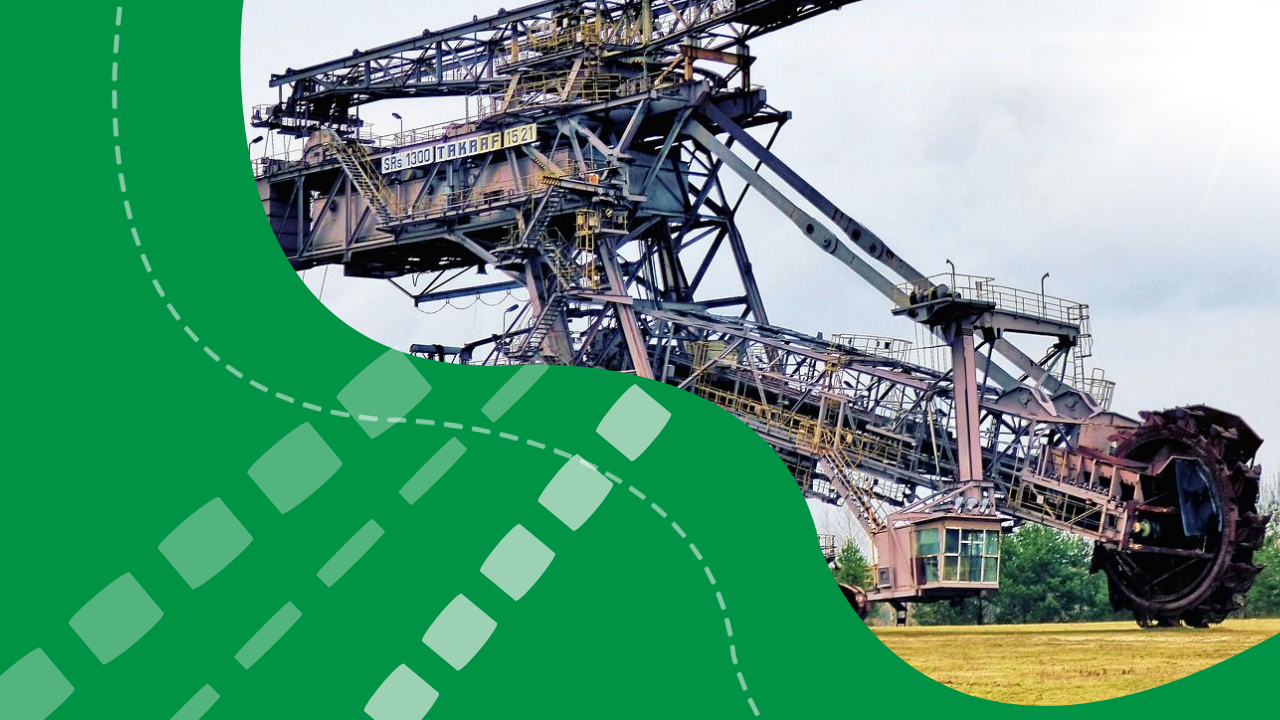The British Geological Survey, with its extensive experience, will share its knowledge with its Kazakhstani counterparts. The collaboration between the British Geological Survey (BGS) and the National Geological Service (NGS) of Kazakhstan is set to be closely coordinated. During his visit to Astana, David Schofield, the director of BGS for international geological research, shed light on this international partnership.
“The British Geological Survey is the world’s oldest organization of its kind. Our primary focus involves describing the geology of the United Kingdom, generating geological information, and disseminating it to stakeholders interested in natural resources. This includes data on water resources, construction-related information, as well as potential hazards like landslides. Consequently, we collaborate with various industries. Furthermore, we have a strong tradition of sending our geologists abroad to enhance geological services in other countries. The primary motivation behind our international efforts is global development and supporting the implementation of British trade and foreign policy,” shared the geologist.
During their visit to Kazakhstan, BGS specialists engaged in fruitful discussions with their counterparts from the recently established National Geological Service of Kazakhstan.
“The organization is relatively young and faces several challenges that need to be addressed. However, they have made a promising start. One area where we can offer assistance is in the digital transformation of a substantial amount of accumulated data. We can help bring this data into the digital realm and make it more accessible to a wider audience. We have accumulated considerable experience in this domain over the past 25 years, learning valuable lessons along the way. By sharing our experience, we hope that the NGS of Kazakhstan can avoid the mistakes we’ve unfortunately made. Additionally, we possess expertise in ore deposit analysis, hydrology, and other challenges, where our knowledge can be of value,” noted the specialist.
Currently, the collaborating geological organizations are actively discussing potential areas of cooperation. Recognizing their shared objectives, BGS and NGS intend to establish a working plan for the next two to three years.
According to the minerals.gov.kz website, the British Geological Survey plans to collaborate with “Kazakhstan Garish Sapary,” which operates a geological IT platform, as reported by inbusiness.kz.
In the course of their conversation, the head of the National Geological Service (NGS) elucidated that this subsidiary of the geological committee acts as the national custodian of the state’s accumulated geological data. However, it does not possess any deposits, assets, or laboratories.
Concerning the fees for the services provided by the National Geological Service, Erlan Galiev clarified that the pricing methodology is presently under discussion within the organization. He underscored that the calculation will now be based on the number of pages in the report, rather than solely on the report itself.
“There are various approaches to assessing geological information. For instance, one could commence with historical expenses. Let’s say, back in the 1970s, an expedition was dispatched, wells were drilled, various operations were conducted, money was expended, and this report was created, subsequently submitted to the funds. Now, let’s assume we propose that 1% of the total cost of these activities should be the price of this report. It would not be just a million; considering the inflation that has transpired since then, it would be exorbitantly high, excessively expensive. We will not tread down that path, but merely for your comprehension, the value ascribed to geological information presently is abysmally low, simply catastrophic. The actual expenditure incurred far exceeds what a mining user pays for this report at present, rendering it a rather meager amount, allowing them to utilize the information freely. Therefore, we are currently contemplating and acknowledging that the provision of geological information should be streamlined, transparent, and expedited as much as possible. We are diligently working towards that goal,” expounded the esteemed NGS executive.

